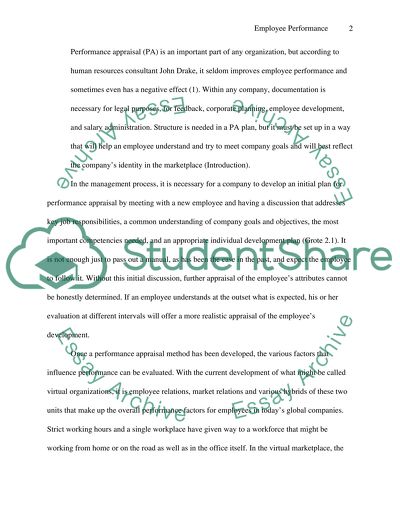Cite this document
(“Various Factors Involved in Employee Performance Essay”, n.d.)
Various Factors Involved in Employee Performance Essay. Retrieved from https://studentshare.org/miscellaneous/1515905-various-factors-involved-in-employee-performance
Various Factors Involved in Employee Performance Essay. Retrieved from https://studentshare.org/miscellaneous/1515905-various-factors-involved-in-employee-performance
(Various Factors Involved in Employee Performance Essay)
Various Factors Involved in Employee Performance Essay. https://studentshare.org/miscellaneous/1515905-various-factors-involved-in-employee-performance.
Various Factors Involved in Employee Performance Essay. https://studentshare.org/miscellaneous/1515905-various-factors-involved-in-employee-performance.
“Various Factors Involved in Employee Performance Essay”, n.d. https://studentshare.org/miscellaneous/1515905-various-factors-involved-in-employee-performance.


